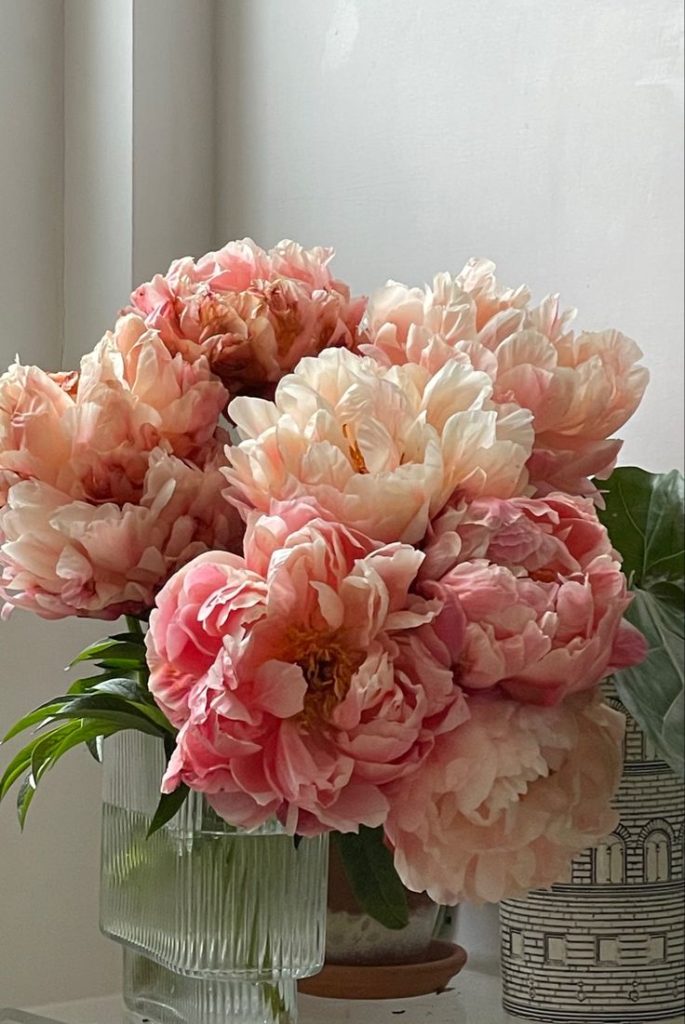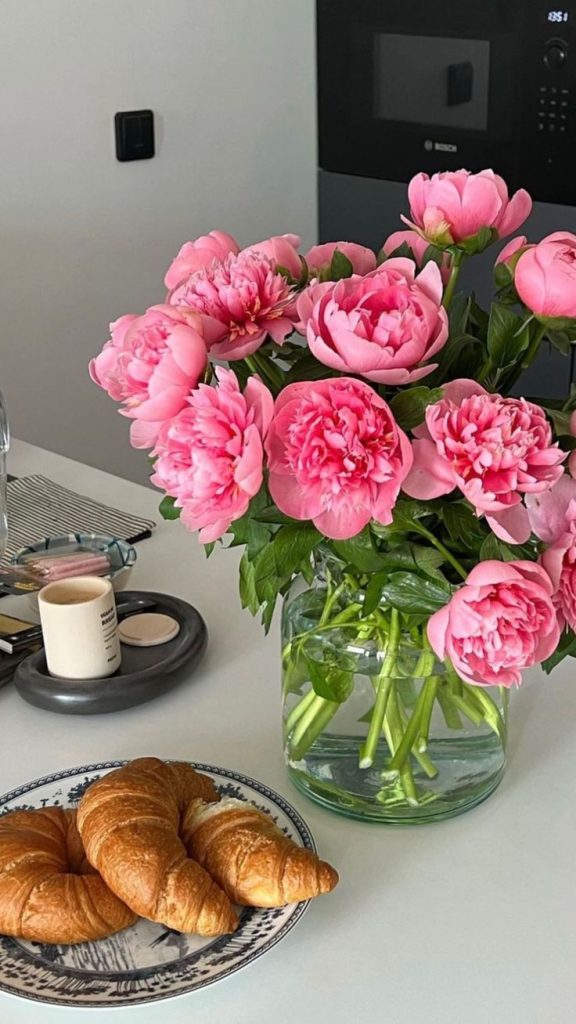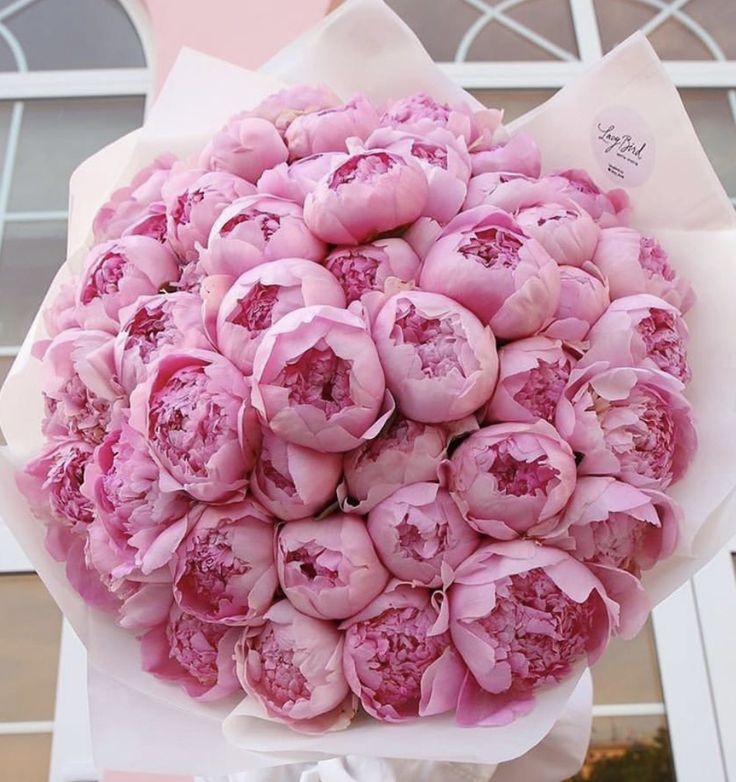Imagine stepping into your garden oasis any day of the year, surrounded by lush greenery, colorful blooms, and the vibrant aromas of fresh herbs and vegetables. With a well-designed greenhouse, this dream can become a reality, allowing you to extend the growing season, protect delicate plants from harsh weather conditions, and enjoy a bounty of homegrown produce year-round. In this comprehensive guide, we’ll explore the benefits of greenhouse gardening, essential considerations for greenhouse design and construction, tips for selecting the right location and materials, and strategies for creating an optimal growing environment for your plants to thrive in every season.











Embracing Greenhouse Gardening
Greenhouse gardening offers numerous benefits for gardeners of all skill levels, including:
- Extended Growing Season: A greenhouse provides a controlled environment that allows you to extend the growing season, enabling you to start seeds earlier in spring, grow plants later into fall, and even garden through the winter months.
- Protection from Weather Extremes: A greenhouse offers protection from extreme weather conditions such as frost, hail, wind, and heavy rain, creating a stable microclimate that helps plants thrive and reduces the risk of damage or loss.
- Optimal Growing Conditions: By controlling factors such as temperature, humidity, light, and ventilation, a greenhouse provides optimal growing conditions for a wide range of plants, allowing you to grow heat-loving crops, tropical species, and cold-sensitive varieties with ease.
- Pest and Disease Management: A greenhouse helps minimize pest and disease pressure by creating a physical barrier between plants and the outside environment, reducing the need for chemical pesticides and promoting plant health and vitality.
Essential Considerations for Greenhouse Design and Construction
When planning and building your greenhouse, consider the following essential factors:
- Location: Choose a sunny, well-drained location for your greenhouse, with easy access to water and electricity and minimal exposure to shade, wind, or obstructions. South-facing orientation is ideal for maximizing sunlight exposure throughout the day.
- Size and Layout: Determine the size and layout of your greenhouse based on your gardening goals, available space, and budget. Consider factors such as height, width, length, and interior layout to accommodate your desired plants, growing methods, and workflow.
- Materials: Select durable, weather-resistant materials for your greenhouse frame and covering, such as aluminum, galvanized steel, or treated lumber for the frame, and polycarbonate panels, polyethylene film, or glass for the covering. Choose materials that provide adequate insulation, light transmission, and durability for your climate and growing needs.
- Ventilation and Climate Control: Incorporate adequate ventilation systems such as roof vents, side vents, louvers, or exhaust fans to regulate temperature, humidity, and air circulation inside the greenhouse. Install a thermostatically controlled heating system for winter warmth and a shading system for summer cooling to maintain optimal growing conditions year-round.
- Foundation and Anchoring: Build a sturdy foundation and anchoring system to support the weight of the greenhouse structure and withstand wind, snow, and seismic forces. Options include concrete footings, gravel beds, ground anchors, or piers, depending on soil type, site conditions, and local building codes.
Creating an Optimal Growing Environment
To create an optimal growing environment inside your greenhouse, consider the following strategies:
- Temperature Control: Monitor and regulate temperature inside the greenhouse using a combination of passive and active heating methods such as solar radiation, thermal mass, radiant heating, or electric heaters to maintain optimal growing temperatures for plants.
- Humidity Management: Manage humidity levels inside the greenhouse by providing adequate ventilation, air circulation, and moisture control measures such as drip irrigation, misting systems, or humidity trays to prevent condensation, mold, and fungal diseases.
- Lighting: Maximize natural sunlight exposure inside the greenhouse by orienting it southward and minimizing shading from trees, buildings, or other structures. Supplement natural light with artificial lighting such as grow lights or high-intensity discharge (HID) lamps to provide supplemental light during periods of low natural light or winter months.
- Watering and Irrigation: Implement efficient watering and irrigation systems such as drip irrigation, soaker hoses, or overhead sprinklers to deliver water directly to the root zone of plants and minimize water waste. Monitor soil moisture levels regularly and adjust watering frequency and duration based on plant needs and environmental conditions.
- Pest and Disease Management: Practice integrated pest management (IPM) strategies to prevent and manage pests and diseases in the greenhouse, including cultural, mechanical, biological, and chemical control methods. Monitor plants regularly for signs of pest damage or disease symptoms and intervene promptly using appropriate control measures to minimize damage and maintain plant health.
Conclusion
Building a greenhouse for year-round gardening is a rewarding and sustainable investment that allows you to enjoy the pleasures of gardening and the benefits of homegrown produce in every season. By creating a controlled environment that extends the growing season, protects plants from weather extremes, and provides optimal growing conditions, you can cultivate a diverse array of plants, experiment with new varieties, and enjoy a bountiful harvest throughout the year. Whether you’re growing vegetables, herbs, flowers, or ornamentals, a well-designed greenhouse provides a sanctuary for plants to thrive, gardeners to flourish, and dreams to grow.
FAQs (Frequently Asked Questions)
- What are some common greenhouse pests and diseases, and how can they be managed?
- Common greenhouse pests and diseases include aphids, whiteflies, spider mites, thrips, powdery mildew, botrytis, and damping-off. These can be managed through various integrated pest management (IPM) strategies, including cultural practices such as sanitation, crop rotation, and quarantine, mechanical methods such as hand-picking or vacuuming, biological control using natural predators or parasites, and chemical control using insecticidal soaps, oils, or botanical pesticides.
- What are some suitable plants for year-round greenhouse gardening?
- Suitable plants for year-round greenhouse gardening include a wide range of vegetables, herbs, fruits, flowers, and ornamentals, depending on your climate, growing conditions, and personal preferences. Popular choices include tomatoes, peppers, cucumbers, lettuce, spinach, kale, basil, parsley, strawberries, citrus trees, orchids, and succulents, among others. Choose plants that are well-suited to greenhouse conditions, provide adequate space and support, and meet your culinary, aesthetic, and gardening goals for optimal success and enjoyment.